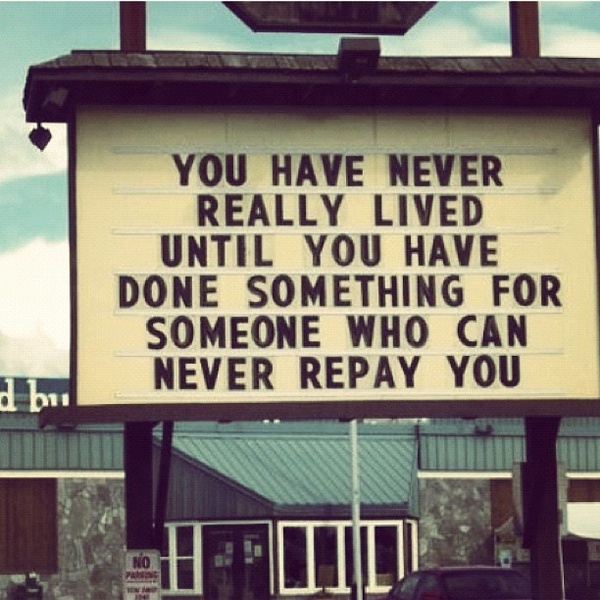
It’s Week 2 already!! Fast ain’t it? One week it’s orientation week, then, the week after. Actual work to be done.
Weeeeeeeeek 2 of the Integrated Media 2 lecture was a ‘flip lecture’, so what that means, and I may be paraphrasing here, is that you can stay home and ‘listen’ to the lecture. That is, this week, the flip lecture was a TV show program called Four Corners that’s on the TV station ABC, the title of the episode is Generation Like.
The blurb for the episode of Four Corners: ‘How advertisers and big commercial brands are exploiting teenagers using social media – and making big dollars in the process’, (ABC 2014).
Click on the following link to view the episode: http://iview.abc.net.au/programs/four-corners/NC1404H025S00#playing
Generation Like explores social media use amongst Generations X and Y and their obsession with attaining ‘likes’ from their friends/fans/audience.
Questions meet Answers: answers meet questions…
How does this documentary alter your understanding of the way you use social media?
It is rather unnerving to know that my information is being gathered by third parties as I use social media, whether it be, YouTube, Instagram or Facebook. As I ‘share’ or ‘like’ or ‘comment’ on any content on social media, to know that my data is being collected by social media network analyst is not a very great feeling. To know that my information, my data, my PERSONAL information and PERSONAL data is being used against me, to know that I’m being targeted by these that social media outlets just amazes me (and not in a good way).
Facebook, Instagram and YouTube are all free services to use by the general public, I understand that in order to earn a reputable capital for the usage of these media outlets, Facebook, Instagram and YouTube uses a wide range of advertising techniques, the sneakier it is, the better, they would say.
What connections can you make with the role of a Social Media Producer?
Facebook, Instagram and YouTube for example is a fantastic starting point to become a social media producer, as if you post something online, the content you post automatically makes you a social media producer. Funny that eh? In becoming a social media producer, you are capable of “brainwashing” and influencing eager, young minds, to the best of your benefit. The obsession with obtaining ‘likes’ with these social media producers can be what I call an epidemic. How so? It is because we are all guilty of posting or say, share a piece of content that we see fitting to our personality, our career, etc. etc. It is because we want to be heard. It’s natural to feel this way. As humans, we crave the attention of others and in this context, in a way, a social media producer can decipher what they seem fit in a world that seems to be missing something, if that even makes sense. In todays’ social media landscape, being a social media producer means that you capable of making millions of dollars from doing what you love, from doing what you enjoy. For example, Lauren Curtis and Michelle Pham have made a name for themselves on YouTube by posting videos of make-up tutorials and making who knows how much $$$$$ from it.
The association with a ‘star’ on social media and a brand in this context means recognition and recognition means money. It’s cheap marketing, or so it is said (by who I don’t particularly know). Even though when the ‘star’s’ audience acknowledges that they are being marketed towards, what makes them continue to watch, ‘follow’, ‘subscribe’, ‘like’ or ‘comment’, ‘heart’ or ‘share’ that content? Social media producers are very open to the possibilities to the global market in which their Facebook or Instagram post or videos may give them and those social media producers very much so crave exposure to a large audience in the online space.
What ideas does this documentary raise in regards to the event your group is planning and the task of achieving participatory engagement?
Exploit the audience aka passerby’s time as much as possible I suppose. Time. Time. Time. We are all often lacking in it. Social media producers tend to make sure that the content that they make is worth viewing, and in viewing the content, the audience may be asked to become an active viewer and ‘like’, ‘share’, or ‘comment’ their media product. My group and I are aiming to obtain as much participatory engagement from the general public as much as possible. The odds may be against us, but we can hope. Right?







